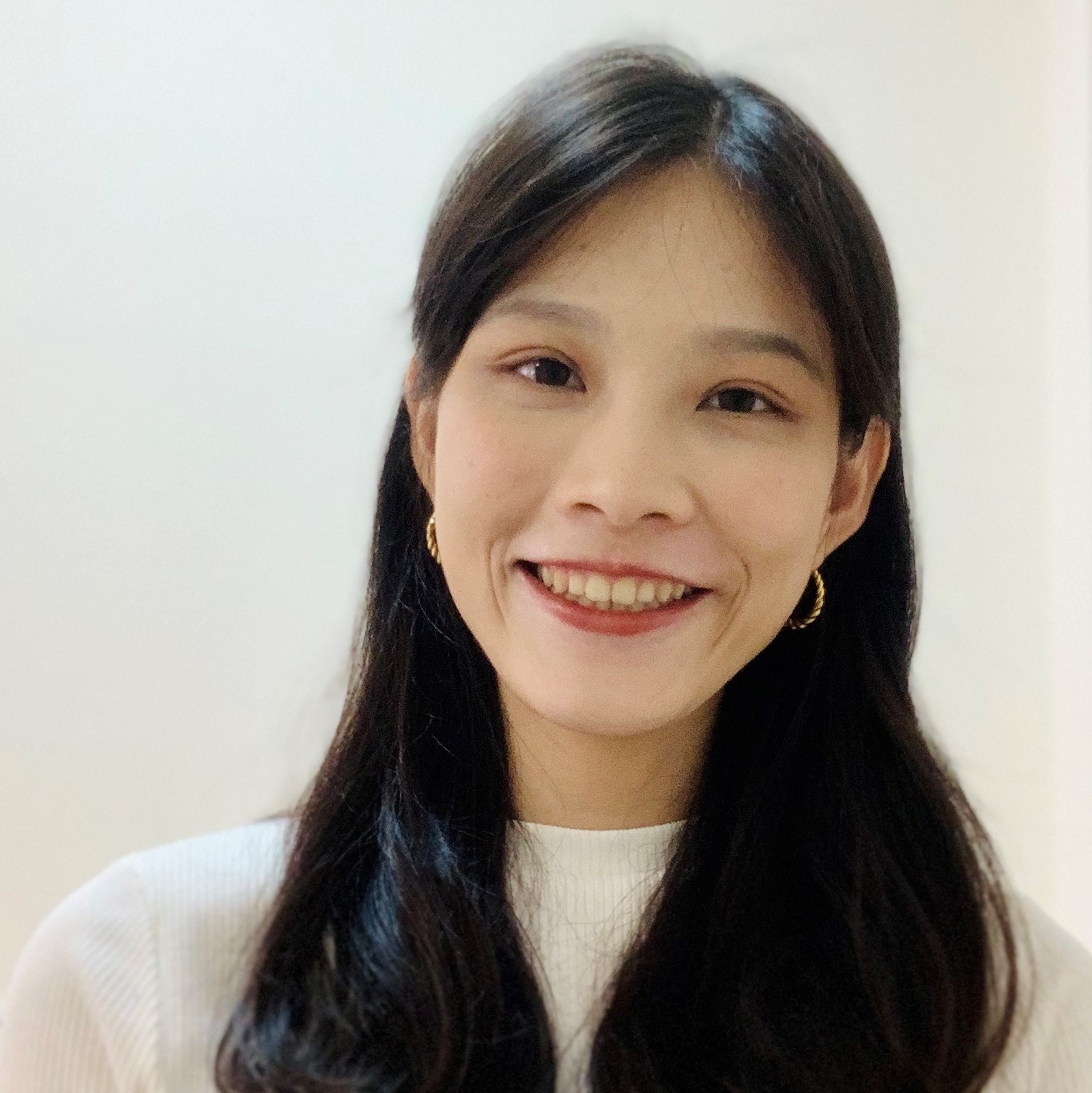"Circular Arc", a screen about exhibition supply
"Moon", display stands and "Multi-circle", telephone stands about exhibition supplies
Recycled Paper Pulp Experiment
Exhibition Interior Planning
-
Name of the submitted project or idea (in English or both English and your language)
CIRbition | a CIRCULAR design exhibition | Recycled Paper Pulp Exhibition Supplies | 回收紙漿的循環設計展
-
URL of a video introducing the work(under 5 minutes)
https://youtu.be/rQQ0hM5lcsE
-
Detailed explanation of the submitted project or idea (in English or both English and your language)
學涯中大大小小的展覽是每一位設計系的學生必經的路程,身為其中一分子,我們注意到在展覽策展過程中製造的垃圾很容易被忽視,透過創作前統計我們得知策展人在佈展過程中使用的展覽情境用具多以在回收時間較長的木材、回收流程較複雜的塑膠為主,因此我們嘗試將台灣回收量最大宗的廢紙作為主要的原料,依據廢紙特性——取得容易、重量輕、原料單純且可生物降解,將其導入至去中心化的循環設計的流程中,探索回收紙漿用於展覽情境用具的可能性。
本專案將去中心化的觀點落實在回收流程中,使得回收不再集中於地方回收系統中,期望所有人皆能使用此方法,成為一項個人的、小規模的紙類回收解決方案。
本專案同時也期望能降低此技術的學習門檻,以展覽的形式,與一般民眾進行深度且公開的交流,拉近廢紙回收流程與人們之間的距離。
Large and small exhibitions in the academic career are a must for every design student. As a part of it, we have noticed that the garbage created in the process of exhibition curation is easily overlooked. Through pre-creation statistics, we can get It is known that the exhibition supplies used by the curators in the exhibition installation process is mainly wood with a long recycling time and plastic with a more complicated recycling process. Therefore, we tried to use the waste paper which is the most recycled content in Taiwan as the main raw material. The characteristics of waste paper - easy to obtain, light in weight, pure and biodegradable, introduce it into the process of decentralized circular design, and explore the possibility of recycled paper pulp for exhibition supplies.
This project implements the decentralization point of view in the recycling process, so that the recycling is no longer concentrated in the local recycling system. It is expected that everyone can use this method and become a personal, small-scale paper recycling solution.
At the same time, this project also hopes to lower the learning threshold of this technology, and conduct in-depth and open exchanges with the general public in the form of exhibitions, so as to shorten the distance between the waste paper recycling process and people. -
Keywords
#Exhibition #RecycledPaperPulp #ParametricDesign
-
If you have a website for your submitted project or idea, please provide the URL
https://www.behance.net/gallery/129212969/a-CIRbition
-
Special Prize Question 1: How does your project or idea make use of local resources, such as materials and knowledge, to tackle its challenge?
We use our campus to collect waste paper, and uses the knowledge of parametric design tools (Grasshopper), digital fabrication (3D printing) and waste paper recycling to create a series of recyclable exhibition supplies.
The design concept of exhibition supplies is to piece together the repeated units, so that the size of the exhibition supplies can be continuously extended. In the design of 3D printing plastic molds, the life cycle of plastic molds is extended as much as possible in a reusable manner. In other words, the same set of 3D printing molds can complete the design of the one exhibition supply. Of course, we also have to deal with the recycling of the "plastic(PLA)" material of 3D printing molds. With the current 3D printing wire recycling technology, even if the life cycle of plastic molds ends, it can be completely recycled into a roll of 3D printing wire again, and therefore also in line with the value of circular design.
本專案以創作者本人的校園進行廢紙的蒐集,利用參數化設計工具(Grasshopper)、數位製造(3D列印)與廢紙回收的知識,創作一系列可不斷回收的展覽用具。展覽用具的設計概念是將重複的單元進行拼湊,使得展覽用具的面積、尺寸得以不斷延展。在3D列印塑膠模具的設計上,也盡可能地以能重複利用的方式,延長塑膠模具的生命週期,換句話說,同一組3D列印模具即能完成整個展覽用具的設計。當然,我們也必須處理3D列印模具的「塑膠」材料的回收,透過現在3D列印線材回收技術,即使塑膠模具的生命週期結束,也能再次被完全回收成為一捲心的3D列印線材,因此也符合循環設計的價值。 -
Special Prize Question 2: How does your project or idea sustain its activities through the involvement of the local community?
This project conducts face-to-face communication with local people in the form of public exhibitions, and analyzes the difficulties or advantages that this project may encounter through interviews and questionnaires. This project also promotes circular design knowledge and decentralized waste paper recycling process through exhibitions, bringing seemingly unreachable technologies to people.
本專案透過公開展覽的形式與當地民眾進行面對面的交流,透過訪問與問卷的方式,分析這個專案可能會遇到的困境或優勢。本專案也藉由展覽去推廣循環設計知識與去中心化的廢紙回收流程,將看似遙不可及的技術帶到人們身邊。 -
Special Prize Question 3: How does your project or idea eliminate waste or pollution while regenerating natural resources?
This project replaces the difficult-to-recycle plastics and woodwork that take too long to recycle, which are often used in exhibition equipment, with recycled waste paper that is biodegradable and easy to recycle.
In the exhibition, this project also made as much as possible the surrounding propaganda in the form of laser cutting waste paper boxes.
The cool cards in the exhibition are passively output, allowing viewers to print by themselves, so as not to waste more than waste paper arbitrarily.
本專案以可生物降解且回收簡單的回收廢紙取代展覽用具常使用的難以被回收的塑膠與回收時間過長的木作。
在展覽中本專案也盡可能地將周邊的文宣或文字以雷射切割廢紙箱的形式製作。
展覽中的酷卡則是以被動輸出的方式,讓觀者能自行列印,以達到不任意浪費多於廢紙的目的。


